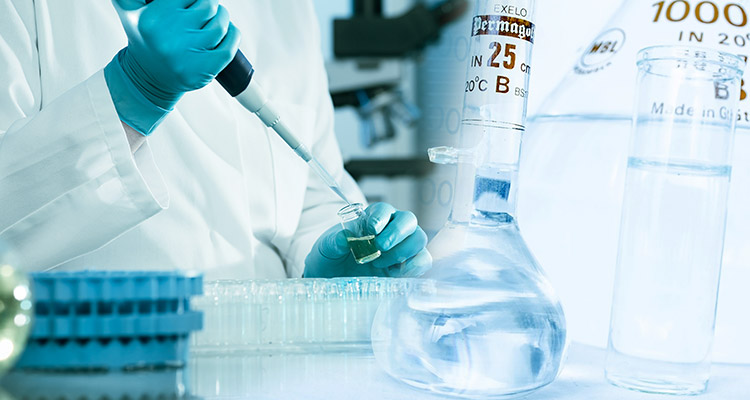Answer :
Some minerals are considered essential for animals, those are required in smaller quantities are defined as trace minerals, e.g. iron, zinc, copper, manganese, cobalt, selenium, chromium, iodine; others are required in larger amounts are called macro minerals, e.g. sulfur, calcium, phosphorus, potassium, sodium, chlorine, and magnesium.
 020-38859025
020-38859025
 020-38859025
020-38859025


